2017 Projects
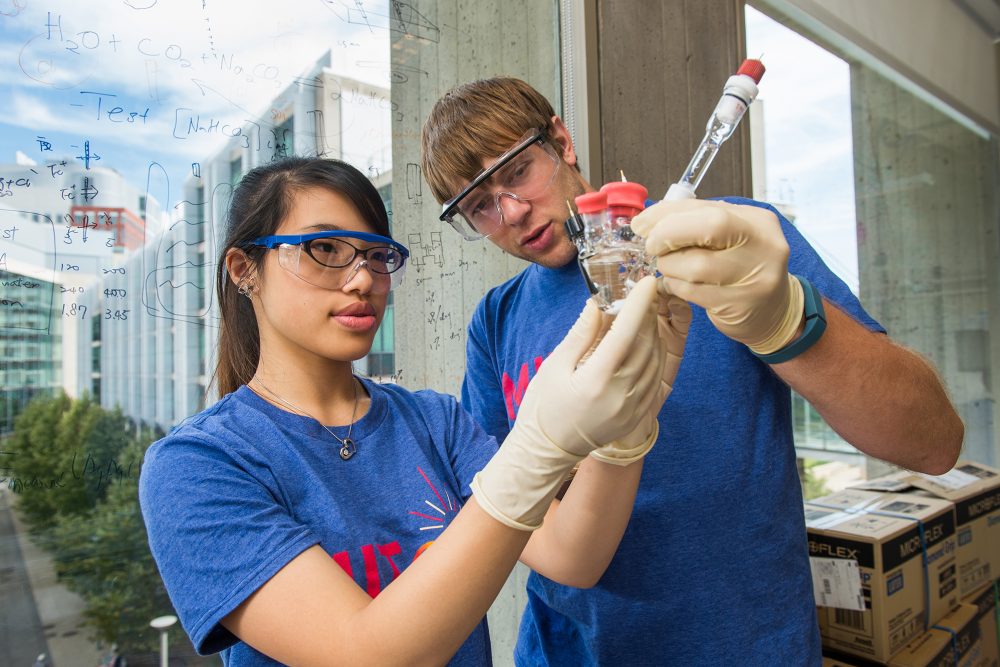

 |
Alexander Alabugin ’20Chemistry Advisor: Yogesh Surendranath, Paul M. Cook Career Development Assistant Professor, ChemistryDirect Supervisor: Bing Yan, Graduate Student, ChemistrySponsor: Alfred Thomas Guertin ’60 Utilizing the proton and electron conductivity of WO3 to facilitate selective electrocatalysis of the hydrogen oxidation reaction I worked on a proposal to replace expensive membranes in polymer electrolyte fuel cells with a solid composite: catalytic platinum (Pt) deposited on a thin-film inorganic proton conductor, WO3-x. An anode built in this way represents a possible bridge from gas to solution electrochemistry; pure hydrogen gas splits on the Pt, then protons spill off and hop through WO3-x to end the solution circuit. The anode I helped prepare demonstrated high selectivity for hydrogen oxidation, even in an oxygen-rich environment, unlike free Pt, which indiscriminately catalyzes both. Such anode selectivity is considered an open problem. I dug deep into the literature on thin films, screening a range of proton-conducting materials and their physical/chemical methods of preparation, along with running experiments that probed the catalytic performance of the system. The project gave me a new appreciation for how work in basic materials chemistry can lift constraints on energy technologies and unleash new potential. |
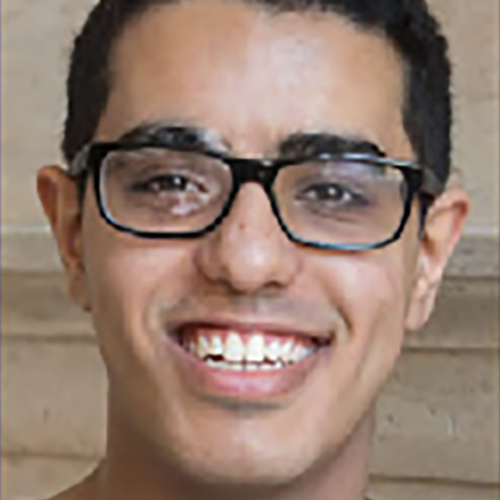 |
Ebrahim Al Johani ’19Physics, Electrical Engineering and Computer Science Advisor: Rajeev Ram, Associate Director and Professor, Electrical Engineering and Computer ScienceDirect Supervisor: Amir Atabaki, Research Scientist, Research Laboratory of ElectronicsSponsor: Alfred Thomas Guertin ’60 Near-infrared to blue light converter for implantable optogenetic applications The aim of this project is to implement a design for a compact, implantable chip that could absorb infrared photons and convert them into blue light. Optogenetic research heavily relies on blue light and generally studies the interaction of neurons with light. My job was to study light energy harvesters and to design a circuit that could do the conversion necessary for this application—the hardest part was making it as small as possible to minimize foreign-body responses. I built a prototype and simulated how efficient the device is when it’s implanted beneath tissue. I learned a lot about how optics and light interact with biological tissue. Neuroscience is now a much more interesting field to me than when I began the project and I feel like I grew as a practicing scientist because of my deep involvement with a new, foreign, subject. |
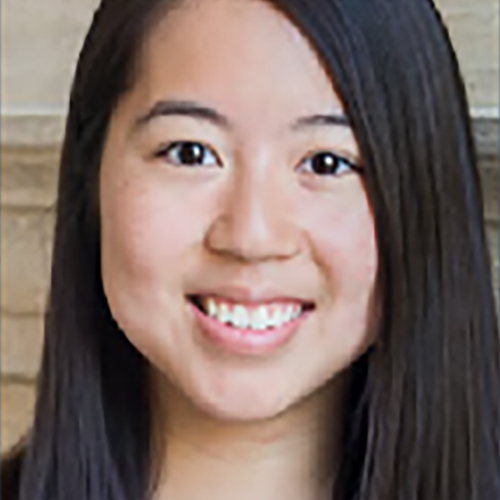 |
Michelle Bai ’20Economics Advisor: Tonio Buonassisi, Associate Professor, Mechanical EngineeringDirect Supervisor: Ian Marius Peters, Research Scientist, Mechanical EngineeringSponsor: Shell International Data analytics and visualization for Summit Farms’ solar test bed I worked with the MIT solar test bed team to visualize the data received from Summit Farms to involve the MIT campus with this new installation. Summit Farms is a large-scale, 60 megawatt solar farm in Currituck County, North Carolina that MIT sponsored through a power purchase agreement with Boston Medical Center and Post Office Square Redevelopment Corporation. Covering 650 acres and utilizing 255,000 panels, this farm is a unique source of solar energy data that makes available large quantities of data regarding not only power output, but also wind speed, module temperature, and plane of array, among others. My project involved parsing and visualizing the data in an understandable and aesthetically pleasing way to raise campus awareness of this new MIT resource. I used R to analyze trends in the data and D3.js and HTML/CSS to develop the user-friendly interface. |
 |
Songela Chen ’19Chemistry Advisor: Catherine Drennan, Professor, BiologyDirect Supervisor: Lindsey Backman, Graduate Student, ChemistrySponsor: ExxonMobil Structural enzymology of glycyl radical enzymes prominent in sulfur-reducing bacteria Many bacterial species possess the natural ability to convert harmful pollutants in the environment into less toxic or non-toxic chemicals. Recently, it has become evident that a family of enzymes, called the glycyl radical enzymes, plays an important role in the basic biochemical pathways found in these bacteria. My project this summer aimed to find the structure of a new member of this family, isethionate lyase, via X-ray crystallography in order to gain insight into its mechanism of action. The process involved testing a variety of conditions to identify one that produced protein crystals, then optimizing the condition for high-quality X-ray diffraction, and solving the structure once I obtained a dataset. By the end of the summer, I successfully solved an initial structure of the enzyme and gained invaluable experience in wet-lab biochemistry. I was fortunate to work in a supportive and welcoming environment. Thank you MITEI for giving me this opportunity! |
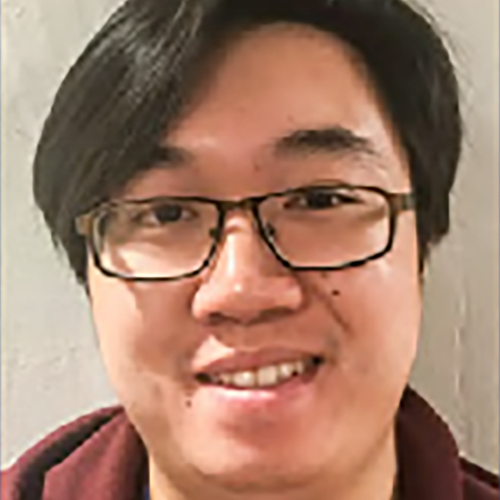 |
Alex Choi ’20Materials Science and Engineering Advisor: Jeffrey Grossman, Morton and Claire Goulder and Family Professor in Environmental Systems; and Professor, Materials Science and EngineeringDirect Supervisor: Grace Han, Postdoctoral Associate, Research Laboratory of ElectronicsSponsor: Shell International Solar thermal fuels Solar thermal fuels provide a new method of capturing renewable energy from the sun. They absorb heat energy or light energy from the sun and store it in chemical form through a physical change in the solar thermal fuel’s molecular structure. When some form of trigger, such as ultraviolet or infrared light, is applied to the material, it releases its stored energy in the form of heat. Afterwards, the solar thermal fuel returns to its base state, ready to be charged again, with minimal loss of fuel over many charging cycles. I learned how to use standard chemistry equipment and carry out many organic synthesis and chemical purification methods. I used the nuclear magnetic resonance and differential scanning calorimetry machines to generate data, interpreted it, and used it to write lab reports. I gained an understanding of how to do research in a materials science context and learned what life is like in research and development. |
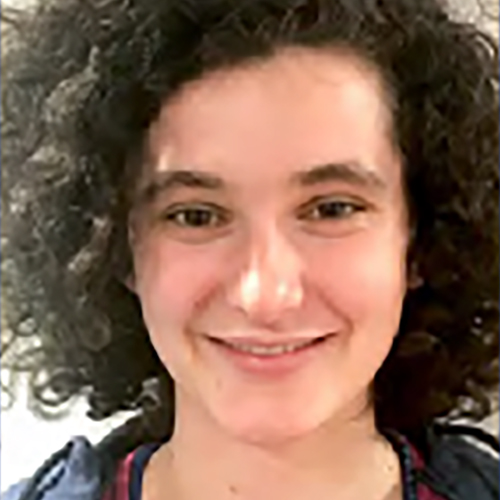 |
Caralyn Cutlip ’18Mechanical Engineering Advisor: Leon Glicksman, Professor of Building Technology and Mechanical Engineering, ArchitectureDirect Supervisor: Jonathan Kongoletos, Graduate Student, ArchitectureSponsor: Lisa Doh Himawan ’88 Thermally autonomous low-cost housing in India Gujarat, India regularly has temperatures exceeding 40 degrees Celsius, and a huge portion of its population lives in slums with little or no shelter. These two facts combine to make heat a dangerous aspect of life there. During summer 2017, I worked on a team to design and build three thermal test chambers—essentially mini houses. Using these chambers, we tested the efficacy of different passive cooling techniques. We also improved a simulation of the experimental setup and compared the experimental data to the simulation prediction. Using this code, we hope to analyze many other passive cooling techniques, and use our results to design low-cost housing to replace the slums in Gujarat. Through this project, I gained valuable experience working on a team and many different skills relevant to my goals as a mechanical engineer interested in architecture. I’m continuing to work on this project during my senior year. |
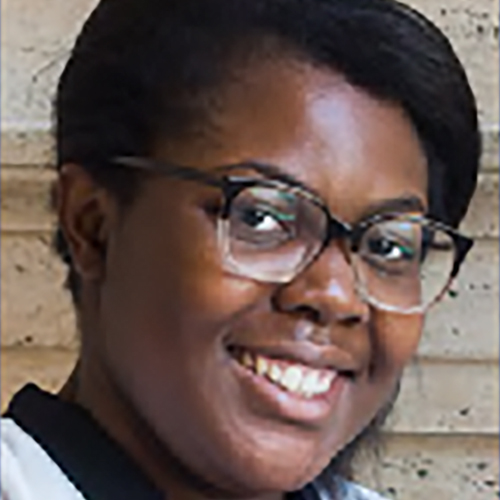 |
Tahina Felisca ’19Mechanical Engineering Advisor: Tonio Buonassisi, Associate Professor, Mechanical EngineeringDirect Supervisor: Mallory Jensen, Graduate Student, Mechanical EngineeringSponsor: John C. Hardwick ’92 Minimizing trapping in lifetime measurements Multicrystalline silicon is an efficient and cost effective material, but its efficiency is dependent on the recombination lifetime of the cell’s material, which is the time required for charge carriers to recombine with electron holes. The MIT Photovoltaic Lab is studying these lifetimes to understand the cause of light- and temperature-induced degradation of solar cells. However, these measurements are affected by impurities in solar cells that create energy levels in band gaps, which cause artificially high values for the lifetime measurements. Directing light on the carriers can lessen the effect of these traps. This project’s goal is to create a custom bias light for the lifetime measurement instrument tool that can be used to lessen the effect of trapping on lifetime measurements. |
 |
Jacob Fisher ’17Mechanical Engineering Advisor and Direct Supervisor: Daniel Frey, Professor, Mechanical EngineeringSponsor: Shell International Vehicle dynamics and design of a rear powertrain and suspension in an electric vehicle One of the most important components in the conversion of a gasoline vehicle to battery electric power is integrating the electric motor and powertrain into an existing vehicle. A common choice when converting electric vehicles is to use the existing drivetrain with the electric motor and, often, the transmission. However, a major challenge to this approach is that the existing drivetrain components might not be rated to the increased torque of the electric motor, and the suspension of the vehicle is not tuned to the added weight of the batteries. The goals of this study are to convert an early 1970s Opel GT to electric power and design a sub-frame that integrates the powertrain components and suspension into the existing vehicle, coordinate placement of batteries and other vehicle components in collaboration with the MIT Electric Vehicle Team, and optimize the ride quality and handling of the vehicle. |
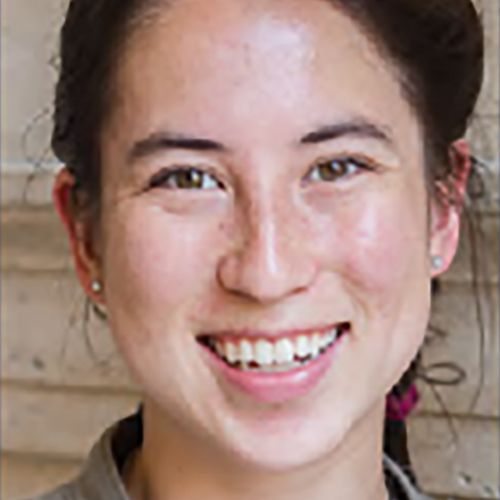 |
Rayna Higuchi ’20Chemical Engineering Advisor and Direct Supervisor: Jean-François Hamel, Research Engineer, Chemical EngineeringSponsor: ExxonMobil Directed evolution of pseudomonas putida for degradation of aromatic compounds Pseudomonas putida is a soil bacterium that is known for its ability to degrade toxic compounds in the environment. However, it does so at the cost of its rapid growth. The goal of my project was to direct the bacteria to evolve to become more efficient at metabolizing these compounds. During the UROP, I set up a closed system for the bacteria to grow in, called a bioreactor, then ran a month-and-a-half long experiment where the p. putida grew exclusively on high concentrations of sodium benzoate, a common pollutant. We have not yet concluded our findings, as the project is still running and we have yet to analyze the changes in the bacterium’s RNA. From this UROP, I was able to work in a wet lab for the first time, and learn useful techniques for working under different biosafety levels. |
 |
Jesse Hinricher ’19Chemical Engineering Advisor: Fikile Brushett, Assistant Professor, Chemical EngineeringDirect Supervisor: John Barton, Graduate Student, Chemical EngineeringSponsor: Chevron Deconvoluting cell-level losses for redox flow batteries Renewable sources of energy like solar and wind can meet our global energy needs when coupled with grid-scale energy storage. One such storage technology is redox flow batteries, which are promising due to their durability, performance, and scalability. Understanding mass transfer limitations inherent to this technology is a critical step toward advancing redox flow batteries. To this end, I performed polarization and impedance measurements on a model system using iron as the active species. I used this data to simulate electrochemical species moving within a battery cell. I also performed several analytical measurements on our electrolytes. Finally, I tracked polarization evolution across the entire range of state of charge, a deficit in the redox flow battery literature. I enjoyed working with my supervisor to plan experiments and expand the scope of our project. My UROP furthered my understanding of electrochemistry and my goal of going to graduate school to research batteries. |
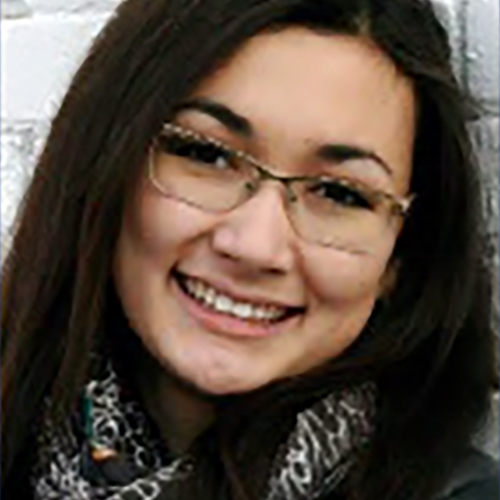 |
Mariya Layurova ’18Chemical Engineering Advisor: Tonio Buonassisi, Associate Professor, Mechanical EngineeringDirect Supervisor: Juan-Pablo Correa-Baena, Postdoctoral Fellow, Mechanical EngineeringSponsor: Philip Rettger ’80 Tin oxide as an alternative electron-transporting layer for perovskite solar cells I explored a new method of perovskite solar cell fabrication, which utilizes tin oxide as an electron transporting layer (ETL) as a substitute for titanium oxide. Tin oxide exhibits better optical and electrical properties than those of titanium oxide. It is more stable, induces lower current loss, significantly simplifies the fabrication process, and does not require high-temperature processing, thus lowering the costs of production. Different aspects of fabrication, such as chemical deposition bath time and concentrations, sintering temperatures, and deposition methods, have been studied and optimized. The optimized method resulted in more 50% reduction of the ETL fabrication time, as well as devices with efficiencies as high as 17-18%. Device fabrication and characterization for this project allowed me to learn and develop numerous new skills including wet chemistry and air-free techniques, current-voltage cell characterization, quantum efficiency, UV measurements, and LabView coding. |
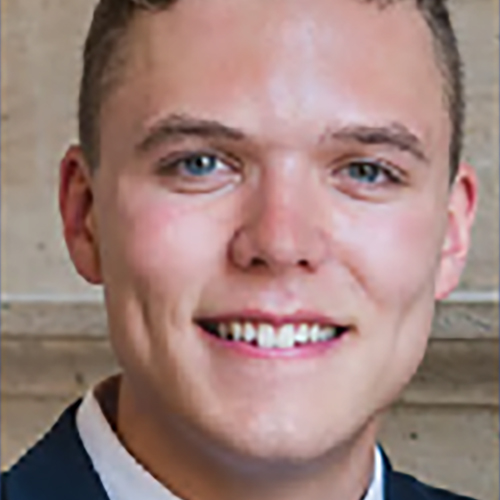 |
Ian McNally ’20Mathematics Advisor and Direct Supervisor: John Parsons, Senior Lecturer, Sloan School of ManagementSponsor: Shell International Analysis of the California congestion revenue rights market Congestion revenue rights (CRRs) are financial instruments that depend on congestion charges accumulated in the energy grid. Due to the complex nature of these instruments, they are difficult to price and result in disproportionately large payouts to investors. To get to the bottom of this pricing difficulty, I wrote python scripts to build a database and subsequently analyze the data I mined, trying to better understand the CRR market as a whole. I found that the market was much smaller and younger than I expected, which could be causing price inconsistencies. I left this UROP a much better coder and economist, and with a developed interest in financial analysis. |
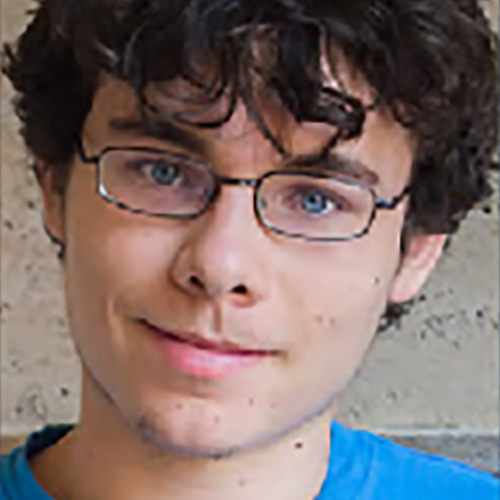 |
Isaac Metcalf ’20Materials Science and Engineering Advisor: Gang Chen, Soderberg Professor and Head, Mechanical EngineeringDirect Supervisor: Thomas Cooper, Postdoctoral Associate, Mechanical EngineeringSponsor: ExxonMobil Optimization of revolved compound parabolic concentrators for concentrating solar power systems The revolved compound parabolic concentrator (CPC) is a 3D solar concentrator with a strict geometric definition that absorbs most, but not quite all, solar radiation within its acceptance angle. During my UROP, I generated spline approximations to the cross section of this revolved CPC in MATLAB, and tuned the splines’ parameters to search for a similar cross-section with higher absorption efficiency. By the end of the summer, I had raised the efficiency of the concentrator from 95.6% to 97.8%—a small, but meaningful, improvement. I gained a summer’s worth of experience with solving engineering problems in MATLAB, and was introduced to the fascinating field of nonimaging optics for the first time. |
 |
Sai Sameer Pusapaty ’21Undeclared Advisor: Jessika Trancik, Associate Professor, Institute for Data, Systems and SocietyDirect Supervisor: Marco Miotti, Graduate Student, Institute for Data, Systems and SocietySponsor: John C. Hardwick ’92 Robust projection of future light-duty vehicle fuel economy My work focuses on predicting the future average fuel economy of various U.S. light-duty vehicles given uncertainties in technological development and consumer preferences. These different vehicle types include gasoline, hybrid, and electric cars. By studying past trends in various vehicle attributes, I aim to develop statistical models using software like R and Python to determine whether the future light-duty vehicle fleet will be able to meet current climate policy targets. I really have enjoyed this experience, from meeting with the rest of the lab group to discussing results with my mentor. I look forward to continuing this project next year. |
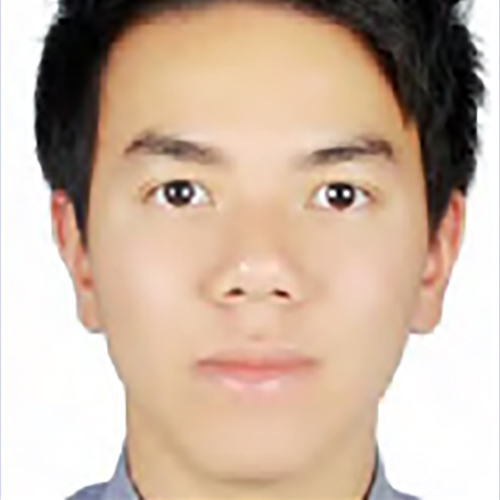 |
Puwanat Sangkhapreecha ’18Chemical Engineering, Biology Advisor and Direct Supervisor: Jean-François Hamel, Research Engineer, Chemical EngineeringSponsor: Shell International Rapid quantitative measurement of total fatty acid using nile red dye to study the effect of nitrogen starvation on lipid synthesis in Chlamydomonas reinhardtii My project goal was to use nile red dye to develop a rapid method of quantitatively measuring the total fatty acid in Chlamydomonas reinhardtii, instead of using complicated instruments such as gas chromatography. I developed a protocol and implemented it to study the nitrogen starvation effect on lipid synthesis in Chlamydomonas reinhardtii. I found that there was an increase in lipid synthesis in the sample growing without nitrogen, and this result was consistent with literature using different techniques. This UROP experience taught me to search for and recognize relevant literature, to work both collaboratively and independently, to be organized, and to be creative in doing research. |
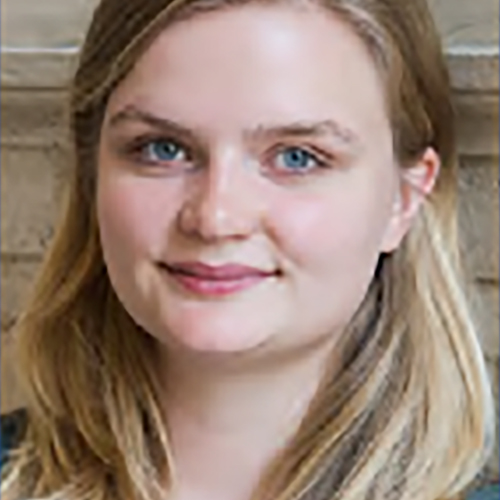 |
Jennifer Switzer ’18Electrical Engineering and Computer Science Advisor: Steven Leeb, Professor, Electrical Engineering and Computer ScienceDirect Supervisor: Andre Aboulian, Graduate Student, Electrical Engineering and Computer ScienceSponsor: ExxonMobil A user dashboard for a non-intrusive load monitoring system For my UROP I worked in the Research Laboratory of Electronics on Non-Intrusive Load Monitoring (NILM). NILM is a novel method of characterizing the energy use of each device in a system using a very small number of electrically non-intrusive sensors. Using this information, combined with prior knowledge of the system being monitored, faults or unusual behavior can be detected. NILM systems have been installed on U.S. Coast Guard (USCG) cutters, providing information that can be used for early fault detection. However, the NILM installations do not currently provide a method for the end-users of the system—in this case, the ships’ crews—to actually view the collection of information in real time. For my project, I created a user dashboard that provides real-time visibility into the system being monitored, giving the end-users the chance to act on any detected faults as they occur. |
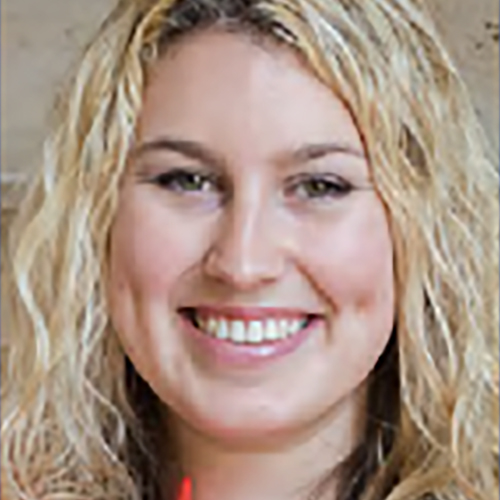 |
Hilary Vogelbaum ’20Materials Science and Engineering Advisor: Francis O’Sullivan, Director of Research, MIT Energy InitiativeDirect Supervisor: Ian Miller, Graduate Student, Chemical EngineeringSponsor: Lisa Doh Himawan ’88 A novel tool for parametric life cycle analysis of renewable energy technologies Renewable energy has been widely promoted as a carbon-free alternative to traditional energy sources. However, in order to objectively compare the carbon impact of energy technologies, we must look at the entire life cycle of a technology. To this end, my project uses life cycle analysis (LCA) to analyze emissions of renewable technologies. LCA is a time-intensive process for each context in which a technology is analyzed. My project addresses this issue by creating a tool that combines published LCAs and derived relationships to immediately analyze life cycle emissions. The tool is able to vary pertinent parameters so that the carbon impact for different contexts can be instantly evaluated. Our tool will help industry members make decisions about technology investments from a carbon emissions perspective. I gained valuable experience working at the intersection of research and industry through this project, and it has reaffirmed my desire to enter the energy industry after MIT. |
 |
Ava Waggett ’19Chemical Engineering Advisor: William Green, Professor, Chemical EngineeringDirect Supervisor: Mark Goldman, Graduate Student, Chemical EngineeringSponsor: Chevron Automated tree generation using machine learning models The open-source software Reaction Mechanism Generator (RMG) uses kinetics and thermodynamics models to predict reactants, both bulk and trace, in the scale-up of chemical processes. These models are built on existing kinetics and thermodynamics data, typically derived from quantum calculations or experimentation. The work I did this past summer involved the characterization of reactions to determine what features most influence their respective kinetics. Likewise, this afforded me the ability to predict kinetics for reactions with unknown kinetics parameters. To characterize reaction species, I developed a fingerprinting algorithm that captured features of the reaction—atom type, radical, charge, bond number—and represented the presence or absence of particular features within a binary list. These fingerprints were then inputted into machine learning models for estimation of kinetics. Through my experience, I learned how computation can aid in solving chemical engineering problems. |